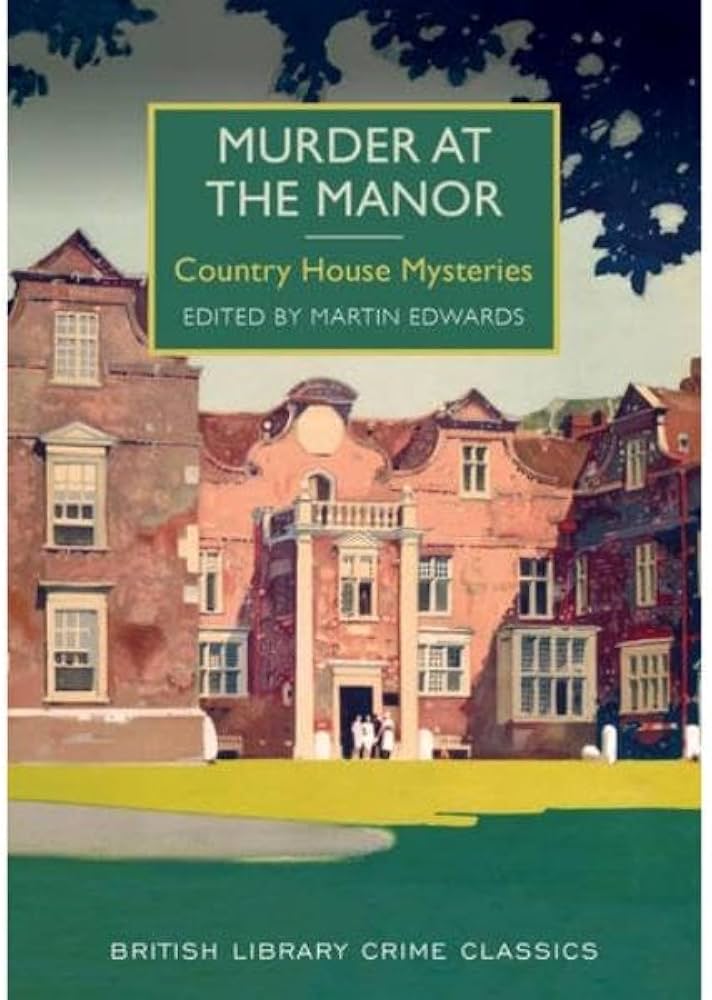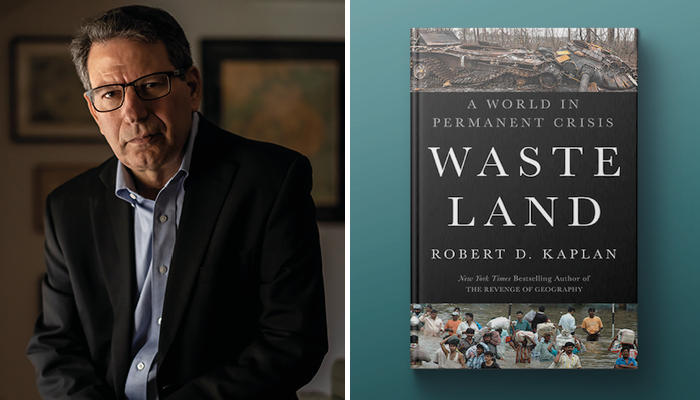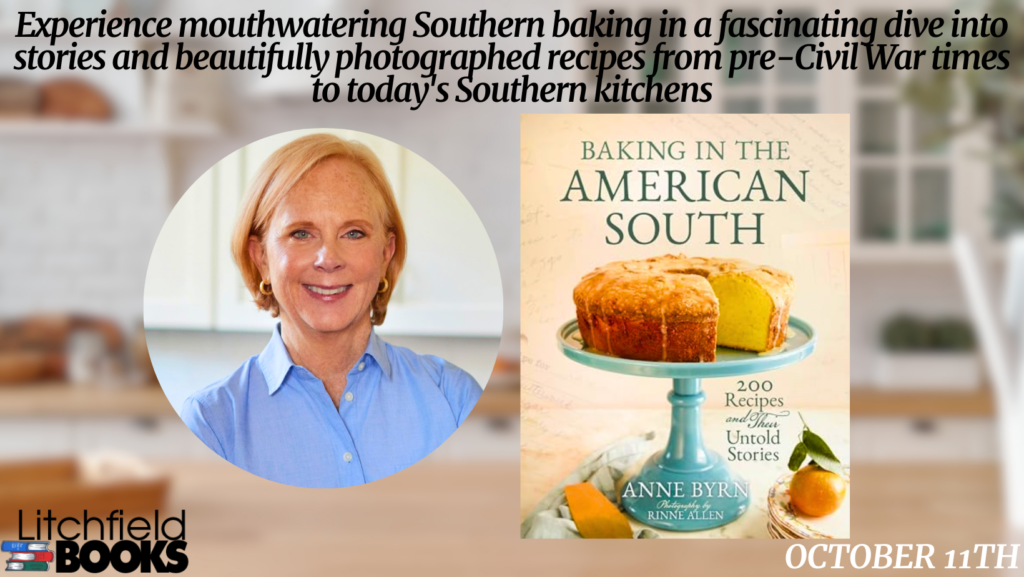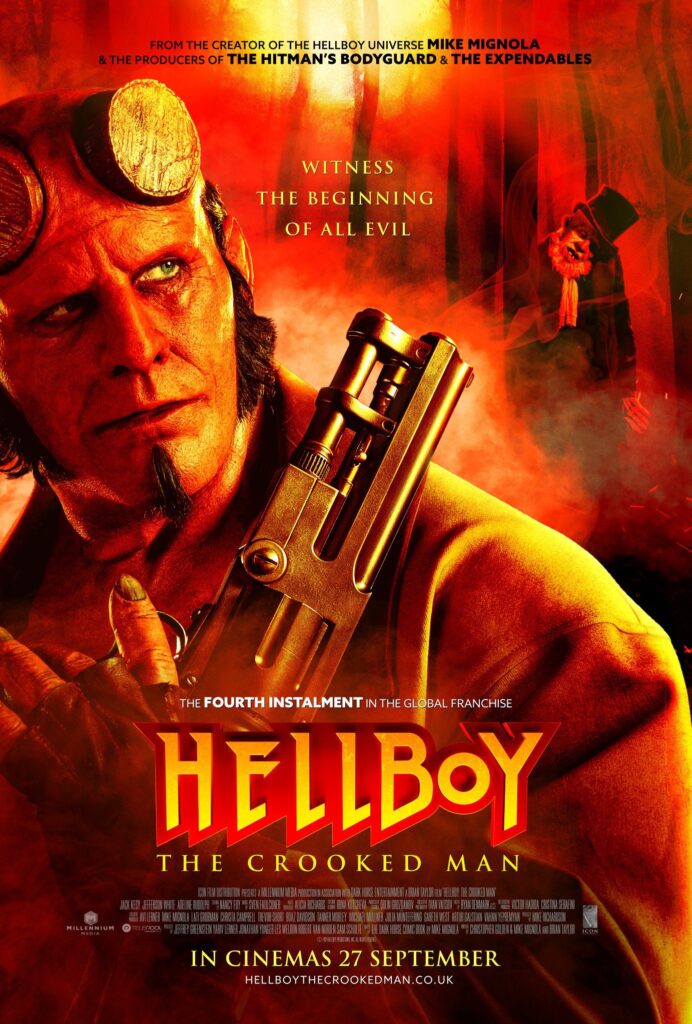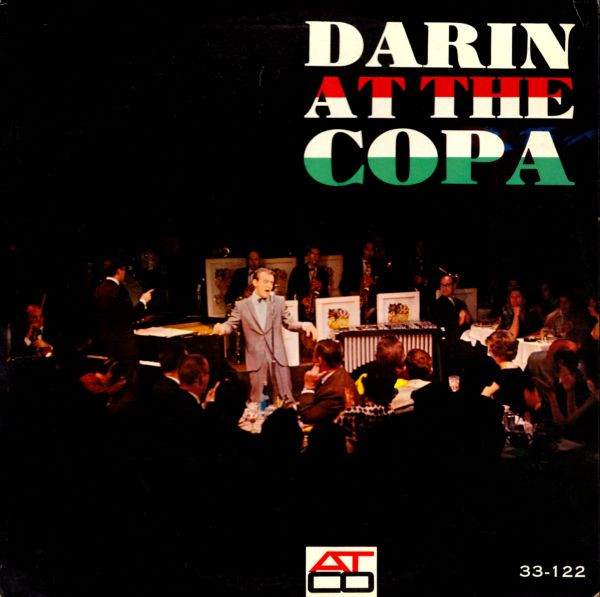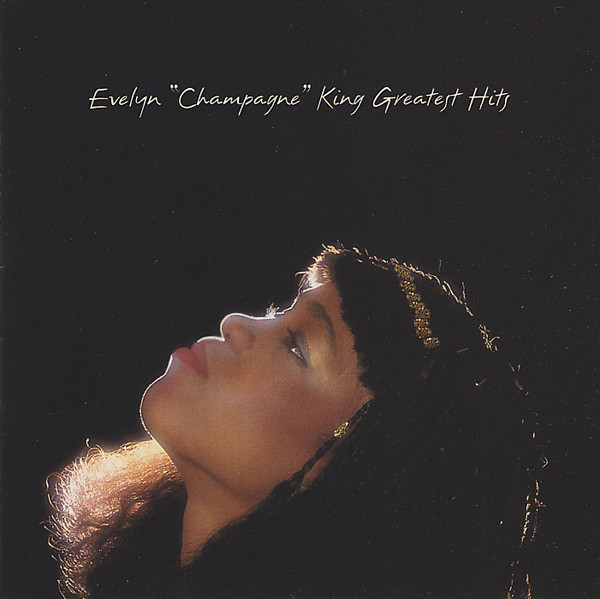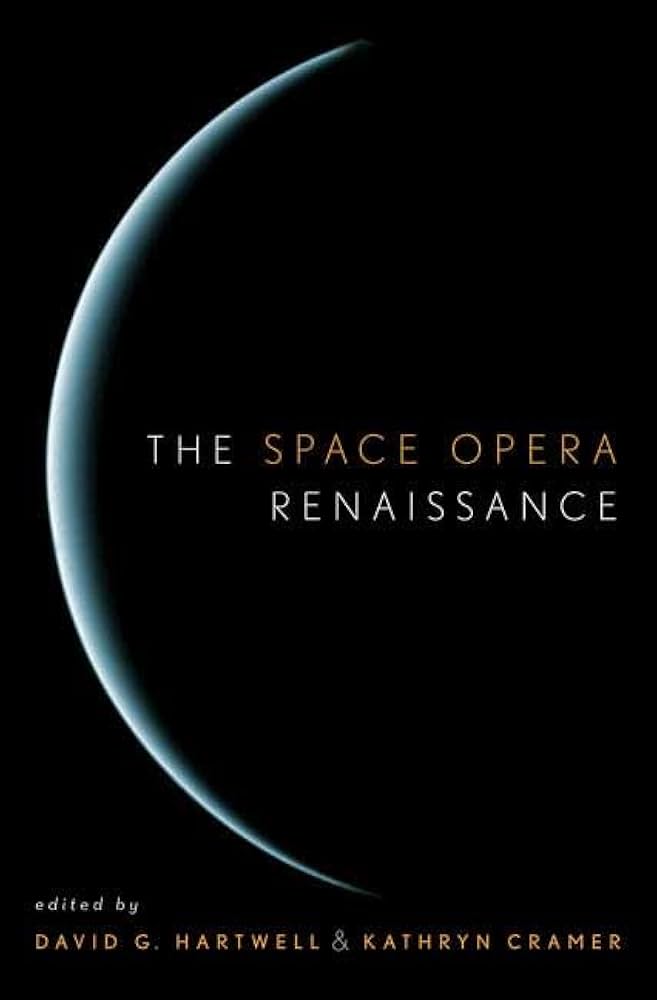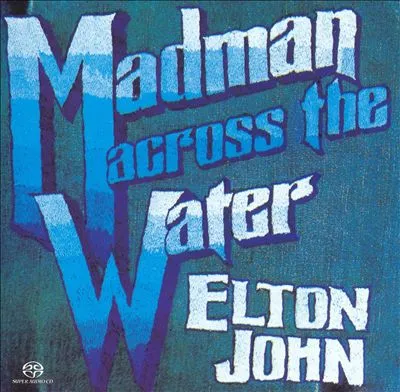
It’s hard to believe that Toys in the Attic is 50 years old and Madman Across the Water is a little older. I bought both albums when they first came out in the 1970s and played them many times. These 50th Anniversary editions are remastered and include bonus features. “Tiny Dancer” never sounded so good!
“From the start, Aerosmith was hellbent on becoming the American equivalent of the Rolling Stones or Led Zeppelin. Two years after forming, Aerosmith signed with Columbia Records in 1972 and released its first, eponymous LP in 1973. “Toys in the Attic” boosted sales of Aerosmith’s previous two releases, turned the group into a marquee act and helped set new rock standards for arena concerts that included compact songs and clear delivery at a high volume. In the end, the band exceeded its founding wish for fame: According to the Recording Industry Association of America, Aerosmith has sold 86 million records in the U.S., more than the Rolling Stones’ 69 million.” (Wikipedia)
I’ve included Marc Myers’s review of Toys in the Attic from The Wall Street Journal below. Are you a fan of Elton John and Aerosmith? Did you buy these classic albums? GRADE: A (for both)
TRACK LIST:
| Original Remastered Album | |||
| A1 | Tiny Dancer | ||
| A2 | Levon | ||
| A3 | Razor Face | ||
| A4 | Madman Across The Water | ||
| B1 | Indian Sunset | ||
| B2 | Holiday Inn | ||
| B3 | Rotten Peaches | ||
| B4 | All The Nasties | ||
| B5 | Goodbye | ||
| Demos, Live And Alternative Versions | |||
| C1 | Indian Sunset (Live Radio Broadcast) | ||
| C2 | Madman Across The Water (Original Version)Featuring – Mick Ronson | ||
| C3 | Rock Me When He’s Gone | ||
| C4 | Levon (Mono Single Version) | ||
| D1 | Razor Face (Extended Version) | ||
| D2 | Rock Me When He’s Gone (Piano Demo) | ||
| D3 | Rock Me When He’s Gone (Full Version) | ||
| E1 | Madman Across The Water (1970 Piano Demo) | ||
| E2 | Tiny Dancer (Piano Demo) | ||
| E3 | Levon (Piano Demo) | ||
| E4 | Razor Face (Piano Demo) | ||
| E5 | Madman Across The Water (1971 Piano Demo) | ||
| F1 | Indian Sunset (Piano Demo) | ||
| F2 | Holiday Inn (Piano Demo) | ||
| F3 | Rotten Peaches (Piano Demo) | ||
| F4 | All The Nasties (Piano Demo) | ||
| F5 | Goodbye (Piano Demo) | ||
| BBC Sounds For Saturday | |||
| G1 | Tiny Dancer | ||
| G2 | Rotten Peaches | ||
| G3 | Razor Face | ||
| G4 | Holiday Inn | ||
| H1 | Indian Sunset | ||
| H2 | Levon | ||
| H3 | Madman Across The Water | ||
| H4 | Goodbye |

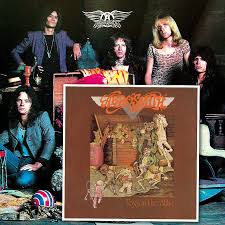
TRACK LIST:
SIDE ONE:
1. SAME OLD SONG AND DANCE
2. LORD OF THE THIGHS
3. SPACED
4. WOMAN OF THE WORLD
SIDE TWO:
1. S.O.S.
2. TRAIN KEPT A ROLLIN
3. SEASONS OF WITHER
4. PANDORA’S BOX
Wall Street Journal Reivew:
By 1975, Aerosmith was polished and more widely known. Shortly after its third studio album—“Toys in the Attic”—was released 50 years ago this month, the LP jumped to No. 11, and by August had sold a half-million copies. The record had a stronger sonic punch and was more cohesive and dimensional than the previous two. It also included two hit singles, “Sweet Emotion” and “Walk This Way.”
Leaning heavily on lascivious band-written songs sung by Steven Tyler and played forcefully by lead guitarist Joe Perry, rhythm guitarist Brad Whitford, bassist Tom Hamilton and drummer Joey Kramer, the LP (produced by Jack Douglas) was thunderous. The band’s cocky, guitar-saturated sound would influence Guns N’ Roses, Mötley Crüe, Metallica and many other hard-rock and heavy-metal groups formed in the late 1970s and ’80s.
Aerosmith’s third album and first headlining tour couldn’t have been better timed. The Rolling Stones were performing in the U.S. without a new record to promote, and the first half of Led Zeppelin’s “Physical Graffiti” tour had been marred by band-member injuries and illness, canceled dates and venue violence.
Also assisting Aerosmith’s widening popularity were its concerts in the American Rust Belt, where audiences had been weaned on loud, scorching rock since the Stooges’ and MC5’s regional tours in 1968. National arena audiences found in Aerosmith a lead singer who looked like Carly Simon, had the stagecraft of Mick Jagger and sounded like Robert Plant. They also heard a lead guitarist who played like Jimmy Page. As the Stones and Led Zeppelin graduated to cushy, logo-clad chartered jets, Aerosmith felt more working-class and relatable.
“Toys in the Attic” opens with a headlong title track, featuring a frenzy of layered electric guitars led by Mr. Perry’s chunky riff and wailing solo. The song celebrates a dark refuge where fantasy springs to life: “In the attic lights / Voices scream / Nothing’s seen / Real’s a dream.”
“Uncle Salty” is a dark, midtempo grinder centered on a creepy orphanage worker reflecting on the abuse of a girl who resided there: “Her mamma was lusted, daddy he was busted / They left her to be trusted till the orphan bleeds / But when she cried at night, no one came / And when she cried at night, went insane.”
One of the album’s many high points is “Adam’s Apple,” featuring a corkscrew guitar riff by Mr. Perry. Mr. Tyler’s lyrics on the biblical morality narrative are particularly masterly: “Even Eve in Eden / Voices tried deceivin’ / With lies to show the lady the way.”
The bouncy “Walk This Way” began as a funky concert soundcheck riff by Mr. Perry in late 1974. Mr. Tyler’s rhythmic, sexually charged lyrics came later in New York, with the title inspired by the film “Young Frankenstein” and actor Marty Feldman’s directive to Gene Wilder to “walk this way.” Mr. Perry overdubbed a fiery guitar track and a solo after Mr. Tyler’s vocal was recorded.
The album’s sole weak spot is “Big Ten Inch Record,” a cover of Bull Moose Jackson’s 1952 R&B single. While plenty suggestive, it lacks the rest of the LP’s inventive hard-rock sass.
“Sweet Emotion” is a sultry shuffle fueled by a pounding bass, hissing guitar lines and taut riffs. The song has a Zeppelin feel, with lyrics that Mr. Tyler has said were in reaction to Mr. Perry’s then-girlfriend: “Well, I got good news, she’s a real good liar / ’Cause the backstage boogie set your pants on fire.”
“No More No More” grooves with the taunting jag of Elvis Presley’s “Jailhouse Rock” paired with a Stones-like vocal. The lyrics bemoan touring’s hardships: “Holiday Inn, lock the door with a chain / You love it and you hate it / But to me they’re all the same.”
The grinding “Round and Round” is the heaviest piece on the record, merging a metallic interpretation of churning heavy machinery and a vocal akin to Mr. Plant’s. Prominent are Mr. Whitford’s shrieking lead guitar, Mr. Hamilton’s pounding bass and Mr. Kramer’s thrashing drums.
“You See Me Crying,” the closer, is a vulnerable power ballad featuring Mr. Tyler on vocal and piano and Mr. Whitford on lead guitar. A symphony orchestra smartly enhances the empathy and drama.
